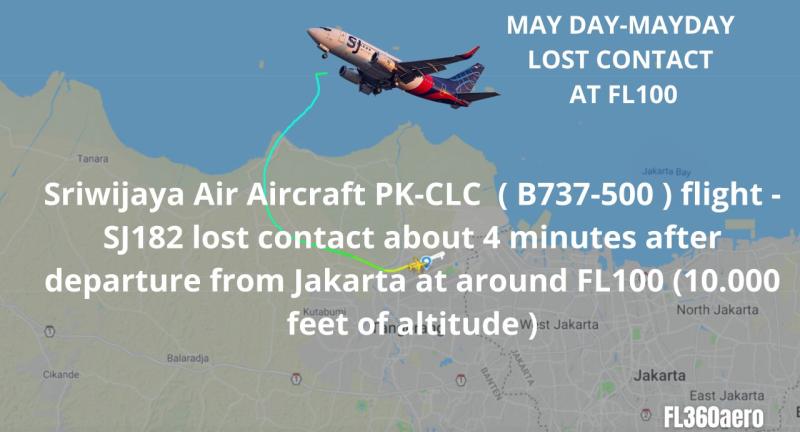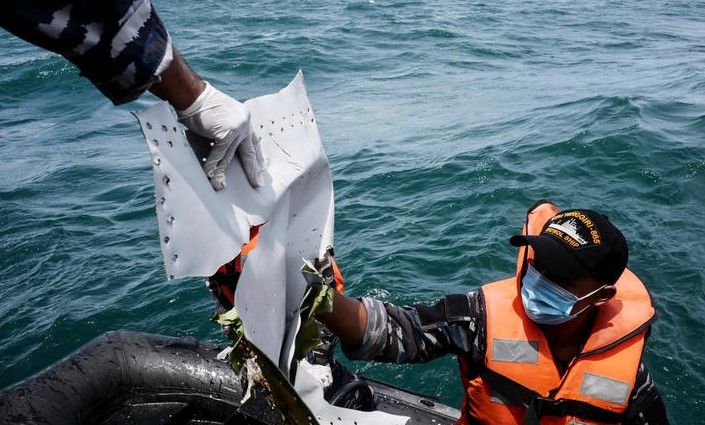


On Friday, the U.S. Aviation regulator FAA - required the U.S. operators of 143 Boeing 737 Classic aircrafts to check for possible wire failures, that is being seen as a probability during the investigation into the Indonesian Sriwijaya air crash on 9th January.
The FAA said, the probability affects 1,041 Boeing B737-300, -400 and -500 Classic aircrafts globally, but many are expected to be grounded due to phase out or Pandemic.
The FAA is issuing an airworthiness directive for operators to verify that the flap synchro wire, which plays a role in the operation of the aircraft’s auto-throttle system, is securely connected to a safety sensor.
FAA believes that , the wire failure could go undetected by the auto-throttle computer on affected airplanes and pose a safety risk.
The FAA is requires expedition in the inspections, that had been suggested by Boeing, which said late on Friday that it was,
"engaged in ongoing efforts to introduce safety and performance improvements across the fleet."
The FAA and Boeing identified the potential issue during ongoing investigation to the 9th Jan Sriwijaya Air Flight 182 crash.

The FAA said there was no evidence the flap synchro wire issue had a role in the accident though the possibility of a failed connection presented a safety concern warranting prompt attention.
Earlier, in the month of February, Indonesia’s National Transportation Safety Committee (KNKT) released it's statement saying , the aircraft had an imbalance in engine thrust that eventually led it into a sharp roll before a final dive into the sea.
On March 30, Boeing had issued a Service instruction to the Classic operators directing them to perform electronic checks of the auto-throttle computer to confirm the wire is connected within 250 flight hours.
Now, the FAA is requiring the initial test (first threshold) within 250 flight hours or two months from now, whichever occurs first, the repeatitive inspections every 2,000 flight hours after the first.
"to ensure that airplanes with low utilization rates are addressed in a timely manner." Operators must then make repairs, if needed.
The FAA said a faulty connection could result in the failure of the auto-throttle system to detect the position of the aircraft’s flaps if the plane’s engines were operating at different thrust settings due to another malfunction.
